There are six components that I created for my original compositing program.
𝗣𝗿𝗮𝗰𝘁𝗶𝗰𝗮𝗹
𝗧𝗵𝗲𝗼𝗿𝘆
𝗜𝗻𝗱𝘂𝘀𝘁𝗿𝘆
𝗥𝗲𝘃𝗶𝗲𝘄
𝗖𝗮𝗿𝗲𝗲𝗿
𝗣𝗿𝗮𝗰𝘁𝗶𝗰𝘂𝗺
Each of these has a backstory. A reason for being. None of this came from guesswork or committees. It came from watching what worked, what failed, and what needed to exist.
Let’s start with the first: 𝗣𝗿𝗮𝗰𝘁𝗶𝗰𝗮𝗹 (Part 1)
From day one, I wanted the program to produce results that were:
𝗩𝗶𝘀𝗶𝗯𝗹𝗲
𝗧𝗮𝗻𝗴𝗶𝗯𝗹𝗲
𝗠𝗲𝗮𝘀𝘂𝗿𝗮𝗯𝗹𝗲
Every lecture fed directly into shot creation. Students would complete 8 to 18 shots for their demo reels, each one designed to test and showcase 𝗥𝗼𝘁𝗼𝘀𝗰𝗼𝗽𝗶𝗻𝗴, 𝗞𝗲𝘆𝗶𝗻𝗴, 𝗣𝗮𝗶𝗻𝘁, 𝗮𝗻𝗱 𝗜𝗻𝘁𝗲𝗴𝗿𝗮𝘁𝗶𝗼𝗻.
Even if a student ignored the rest of the curriculum, this section alone was the core. This was your ROI. How to do shots.
It was originally built on project-based learning. But I quickly saw the failings of project-based learning (PBL).
While PBL sounds great in theory. But here’s what really happens in practice:
𝗦𝗸𝗶𝗹𝗹 𝗮𝗰𝗾𝘂𝗶𝘀𝗶𝘁𝗶𝗼𝗻 𝗯𝗲𝗰𝗼𝗺𝗲𝘀 𝘂𝗻𝗲𝘃𝗲𝗻
You only get good at what your project demands. If your shot doesn’t require complex paint work or roto or edge treatment, you leave school without those skills. And guess what studios often assign you on day one? Exactly the thing you never learned and depending on the studio, they might not have the patience to watch you fumble around, burn hours, and cost them money.
𝗧𝗵𝗲𝗿𝗲’𝘀 𝗻𝗼 𝘀𝘁𝗿𝘂𝗰𝘁𝘂𝗿𝗲𝗱 𝗽𝗿𝗼𝗴𝗿𝗲𝘀𝘀𝗶𝗼𝗻.
Real education is built layer by layer. Foundational skills first, then complexity. But project-based learning throws students into the deep end, hoping they learn how to swim. Often, they’re expected to solve problems they haven’t even been taught to recognize yet. It’s like walking into a maze with no map, no clues, and being told the only way out is to “figure it out.” It’s not empowering, it’s disorienting.
𝗥𝗲𝘀𝗽𝗼𝗻𝘀𝗶𝗯𝗶𝗹𝗶𝘁𝘆 𝗶𝘀 𝘀𝗵𝗶𝗳𝘁𝗲𝗱 𝗮𝘄𝗮𝘆 𝗳𝗿𝗼𝗺 𝘁𝗵𝗲 𝗶𝗻𝘀𝘁𝗿𝘂𝗰𝘁𝗼𝗿.
When a student struggles, I’ve seen instructors respond with: “Why don’t you figure it out? Here’s a subscription to Digital Tutors or Pluralsight, check our server for tutorials, or just try YouTube.”
That’s not mentorship. That’s deflection.
It places the burden of education on the learner, often the least equipped person in the room to diagnose their own gaps. And over time, this system conditions students to blame themselves. They stop questioning the model and start believing they’re the problem.
To be continued...

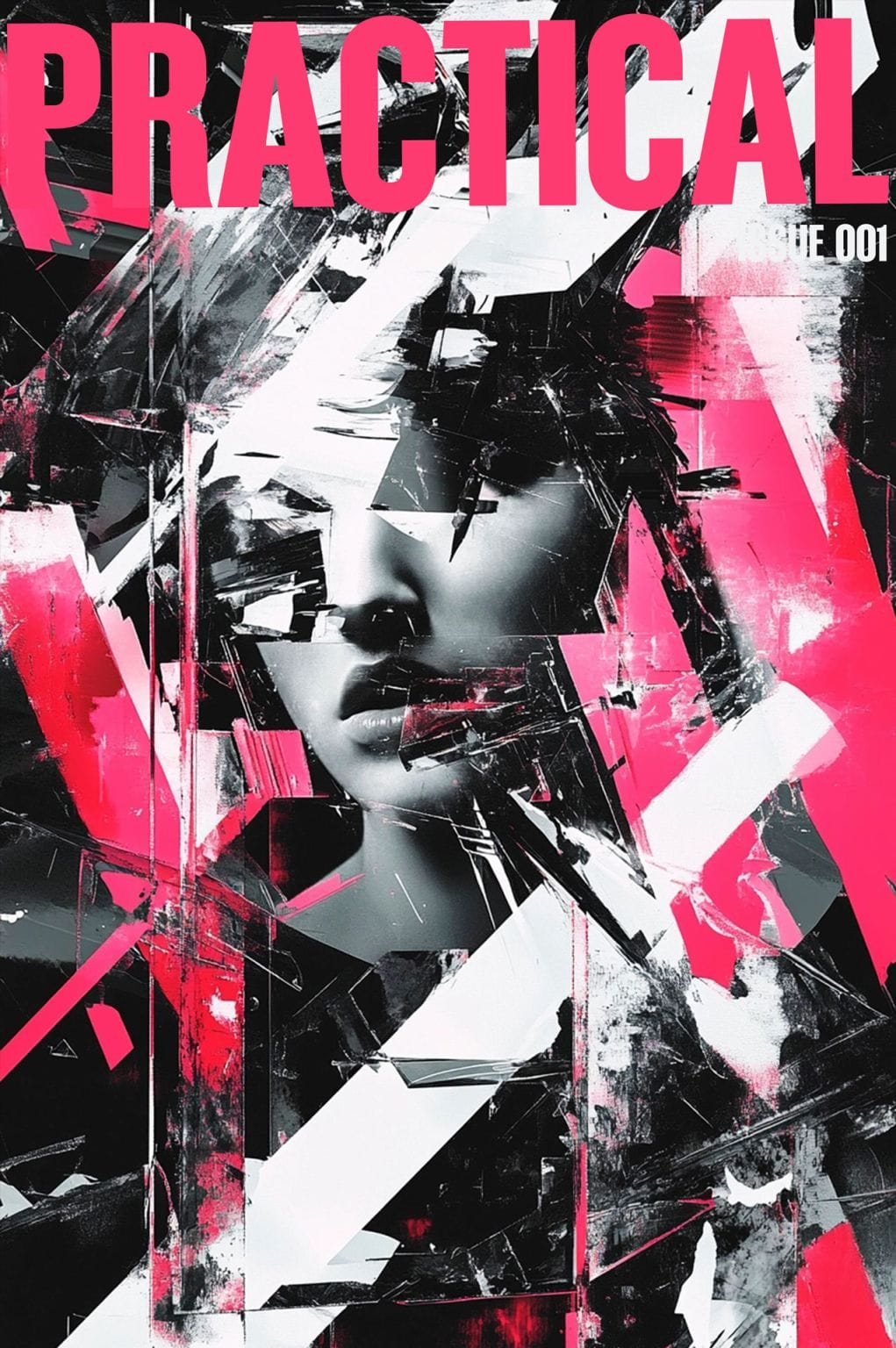
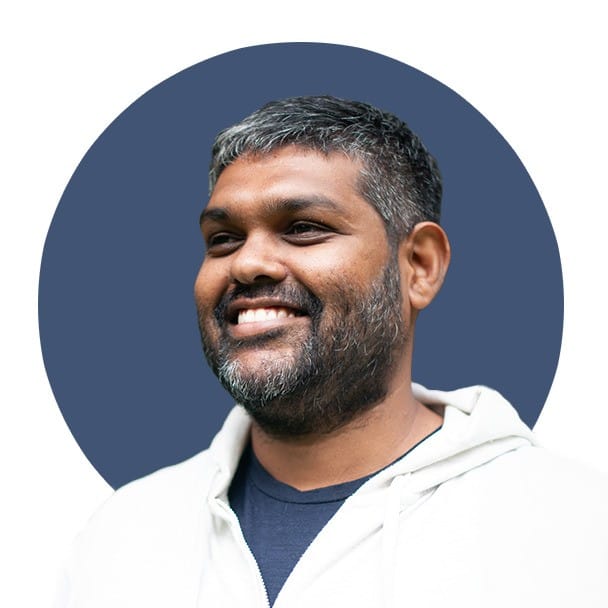
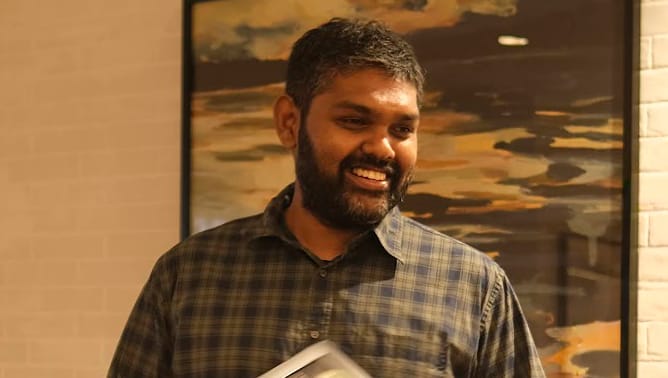

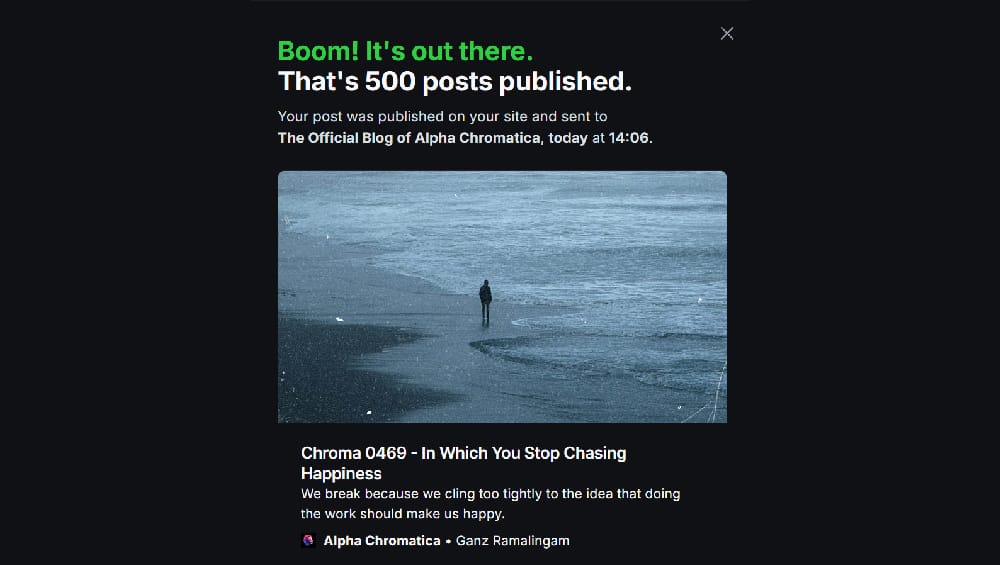

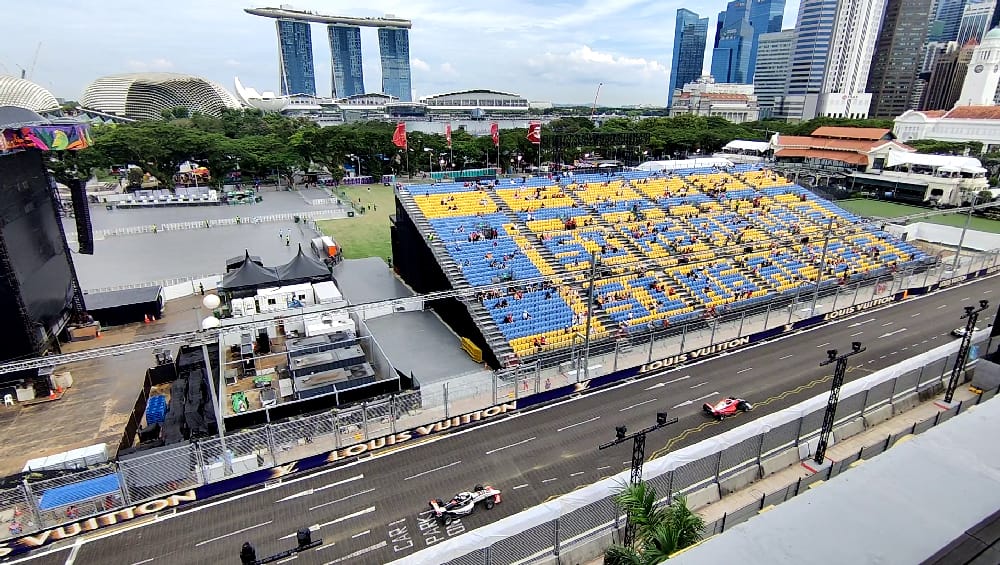


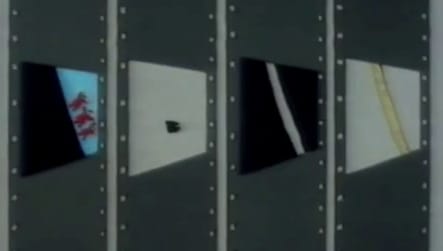
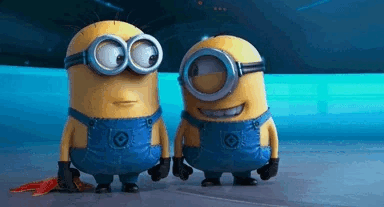
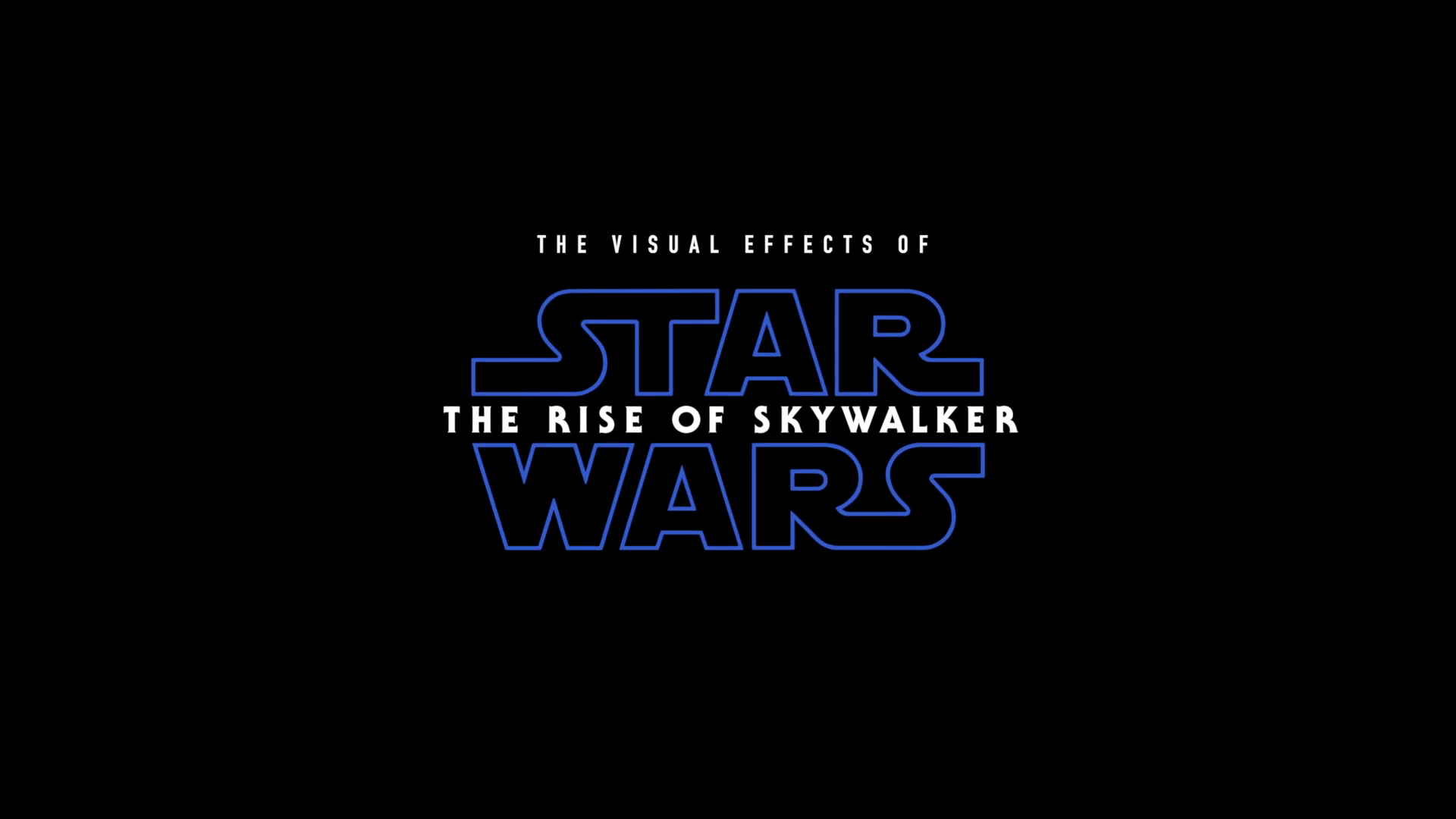
Discussion